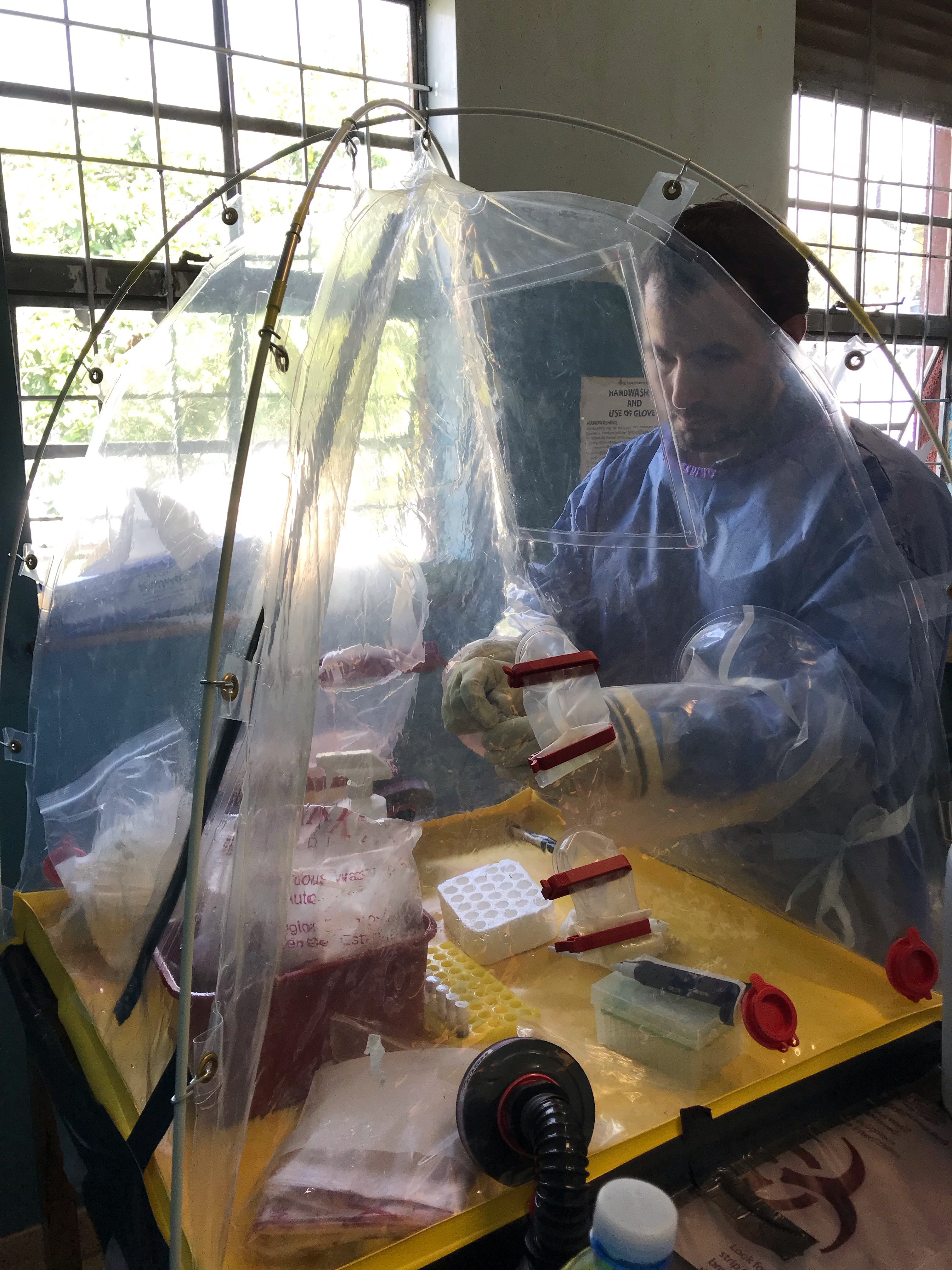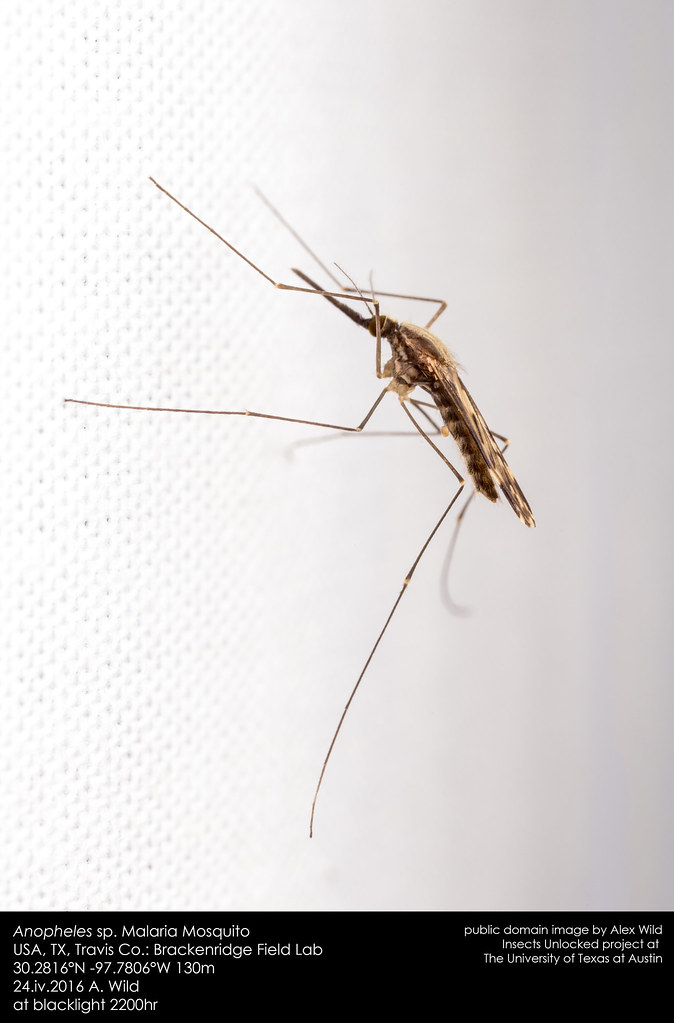This topic takes on average 55 minutes to read.
There are a number of interactive features in this resource:
 Science
Science
 Biology
Biology
In recent years, the world has experienced an increased rate of zoonotic disease outbreaks. These have resulted in widespread human deaths and have had a significant impact on the economy. In the case of the novel Covid-19 outbreak, we are only just starting to see the effects this will have.
The motivation behind the One Health initiative is to encourage greater collaboration between professionals such as doctors, veterinarians, wildlife specialists, environmentalists, economists, and sociologists (among others). It has been adopted by organizations including the United Nation’s Food and Agriculture Organisation (FAO), the World Health Organisation (WHO), and the World Organisation for Animal Health (OIE) as well as many national organizations, research institutions and individuals in countries around the world.
The healthcare sector (both animal and human) is shifting to preventative healthcare, rather than reactive. The focus is now on preventing infection, rather than simply treating diseases when we have already become infected. Preventative measures, such as vaccines and improved biosecurity and hygiene, reduce use of these medicines to treat infection, and can minimise the spread of antimicrobial resistance. Preventing further antimicrobial resistance from developing means that these antibiotics remain effective for both people and animals into the future. Antibiotics are crucial to allow procedures such as hip replacements to take place, and to protect cancer patients undergoing chemotherapy. Use of antibiotics in these cases can prevent infection and protect patients when they need it most1.

Vaccination prepares the body’s own immune system to fight off a disease, or set of diseases, by introducing it to a particular disease antigen which it can then recognise faster in future infections. It is one of the most effective tools in the fight to protect humans and animals from countless diseases, new and already well-known. Vaccination allows farmers to protect entire herds and flocks from disease, and vaccines in animals can protect human health as well (e.g. Rabies)1.
Research into vaccine development can benefit both human and animal medicine. The Rift Valley Fever Virus is transmitted by mosquitos and affects animals (commonly cattle and sheep) as well as humans1,2. Infection can cause severe disease in both animals and humans, and results in severe economic losses due to death and loss of pregnancy among infected livestock. Outbreaks of Rift Valley Fever in animals can be prevented by a sustained programme of animal vaccination, but there is currently no licensed vaccine for humans, and those used in livestock cannot be used due to safety concerns. Research is focused on developing a new vaccine that will be co-developed for both humans and animals3. Pooling knowledge and finances across the public and private sector, and animal and human health, is particularly important for diseases such as this, where the economic reward for developing a vaccine is low3.

Molecular farming
Producing essential proteins for vaccines is expensive, so scientists are looking into plants as an alternative solution. Molecular farming is a technology that uses plants to produce vaccines and antibodies. This uses the same method that produces genetically modified (GM) crops, by artificially introducing genes into plants. This science has already been well established, and the principle has been proven to work, especially with regards to animal vaccines. The first plant derived pharmaceutical protein was human serum albumin, which was developed in 1990 in transgenic tobacco and potato plants3. Human serum albumin is the main protein in blood plasma, the liquid part of the blood that carries cells and proteins throughout the body, and getting this protein normally relies on blood donations4.

DNA and RNA vaccines
For over one hundred years, vaccines have worked by introducing specific antigens for the immune system to recognise, or by introducing live, inactivated (attenuated) pathogens that replicate within the host without causing disease5. DNA and RNA vaccines, a developing technology, give an individual’s own cells the instructions to make these antigens themselves instead. A plasmid (a small circular piece of DNA or RNA) containing the sequence encoding the antigen is introduced into a body tissue, which begins producing the antigen. This technology has demonstrated several benefits over traditional vaccinations, including:
A handful of approved DNA and RNA vaccines have recently been approved for use in veterinary medicine, including vaccines to prevent Salmon Pancreas Disease and a West Nile Virus vaccine for horses.
As the field of DNA vaccination is relatively new, there are still significant technical and regulatory hurdles. The current approval systems are not tailored to suit these cutting-edge technologies3. The future of these approaches looks to include changes in the current regulatory system to help include effective and safe DNA and RNA vaccines to prevent diseases in both animals and humans.
